Search The Collection
Filter By
Object Type / Material
Geographic Location
Date / Era
Department
Show Only:
- As part of the Met's Open Access policy, you can freely copy, modify and distribute this image, even for commercial purposes.APIPublic domain data for this object can also be accessed using the Met's Open Access API
- Objects with changed or unknown ownership in continental Europe between 1933-1945. Learn more
Showing 1,546 results for intaglio
Sort by:
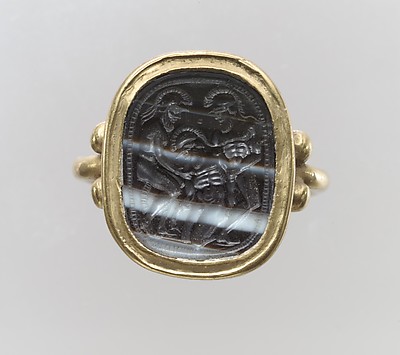
Langobardic (mount), Etruscan (intaglio)
late 6th–early 7th century CE
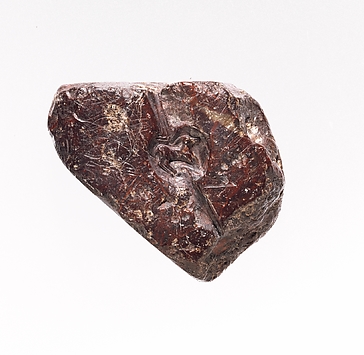
Minoan
ca. 1400–1200 BCE

Ottonian (Rhineland (?)) (setting); Byzantine (intaglio)
ca. 950–1000 (setting); 337–50 (intaglio)

Byzantine (Egypt)
6th–7th century
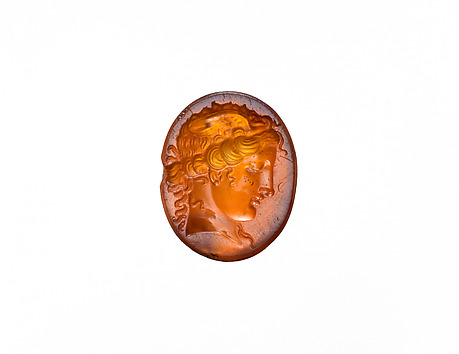
Greek
3rd–1st century BCE
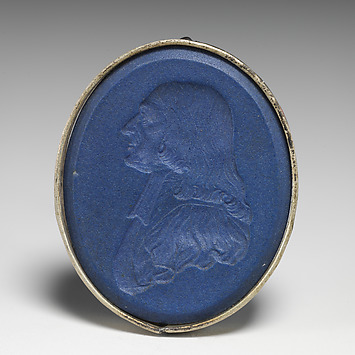
British, Etruria, Staffordshire
ca. 1791–95

Josiah Wedgwood
1810
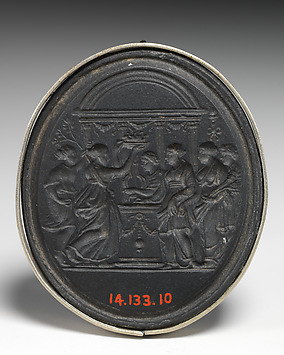
Josiah Wedgwood
1787
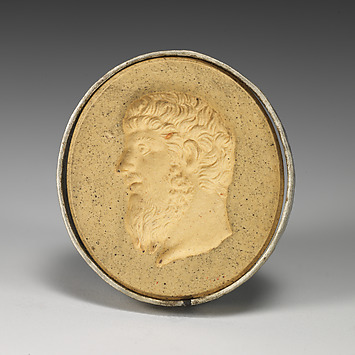
British, Etruria, Staffordshire
late 18th century
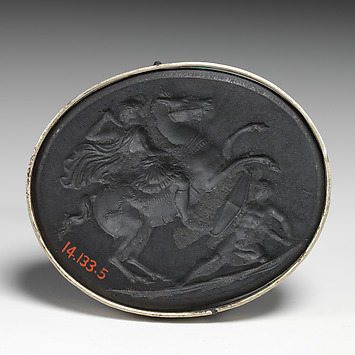
Josiah Wedgwood
1787
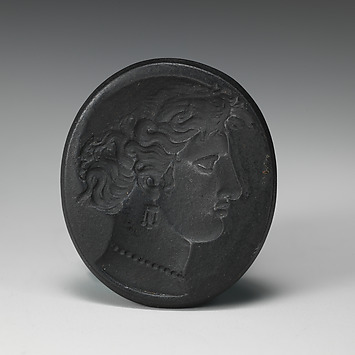
Josiah Wedgwood
18th century
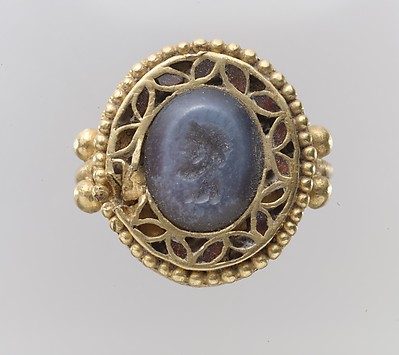
Langobardic
7th century CE
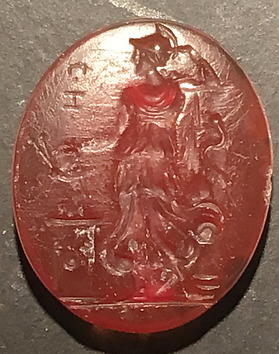
Post-Classical

Italic
3rd–2nd century BCE
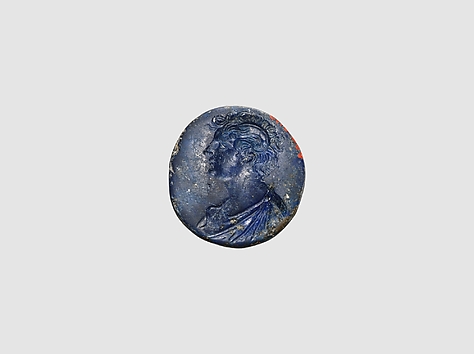
Post-Classical
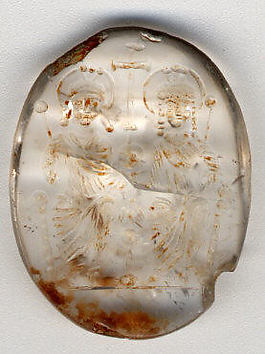
Byzantine
6th century
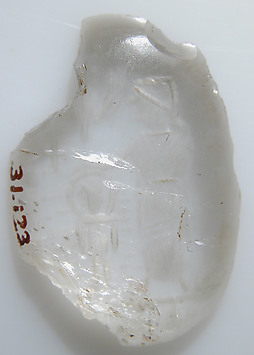
Byzantine
5th–7th century
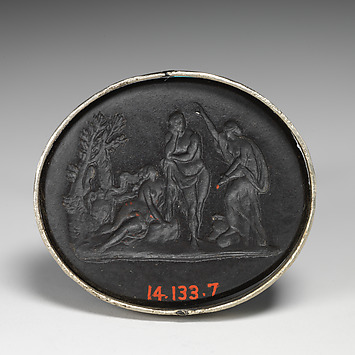
British, Staffordshire
1787

Wedgwood and Co.
1769–80

Josiah Wedgwood
18th century
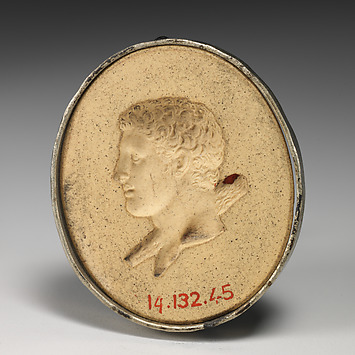
British, Etruria, Staffordshire
late 18th century
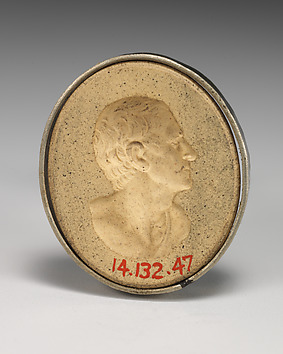
British, Etruria, Staffordshire
late 18th century
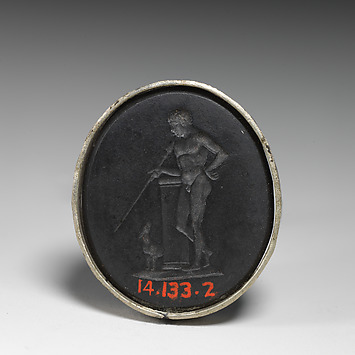
British, Staffordshire
1787
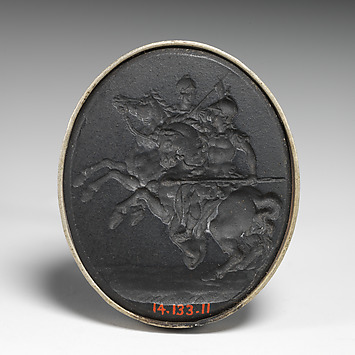
British, Staffordshire
18th century
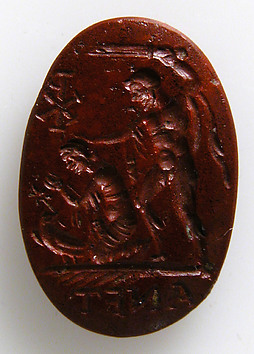
Roman
3rd–4th century

Josiah Wedgwood
ca. 1780

Greek
2nd century BCE

Giovanni Beltrami
citrine 1820, gold suspension loop probably contemporary with intaglio
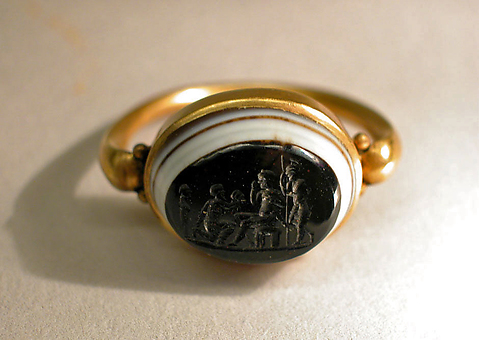
Roman
late 2nd–early 3rd century CE
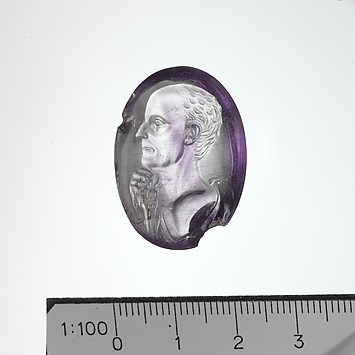
Roman
ca. 50–40 BCE
Roman
ca. 43–42 BCE
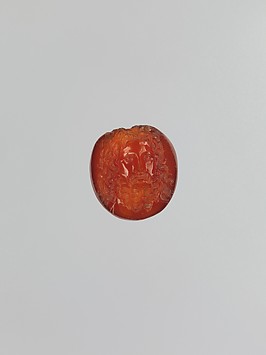
332–30 B.C.
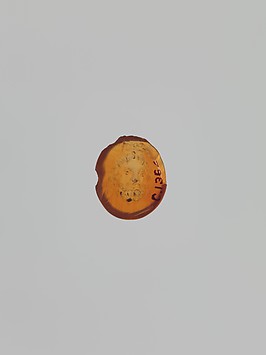
332–30 B.C.
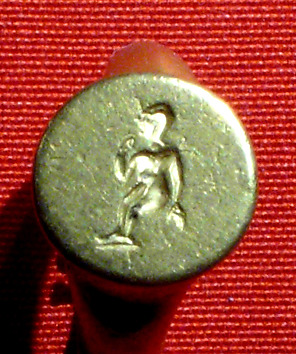
2nd century BC–1st century AD
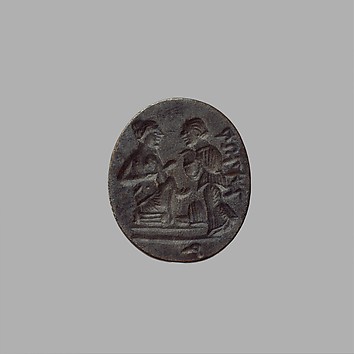
Pakistan (ancient region of Gandhara)
ca. 1st century BCE

Greek
ca. 400–380 BCE
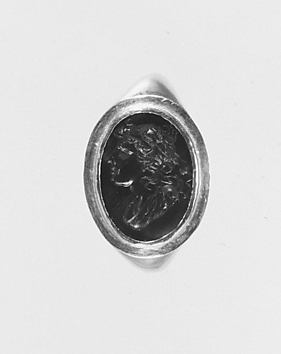
Greek
3rd century BCE

Byzantine
9th–11th century
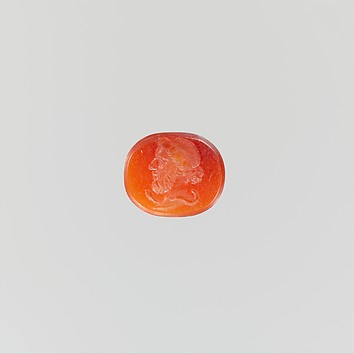
Roman
ca. 1st century BCE–3rd century CE
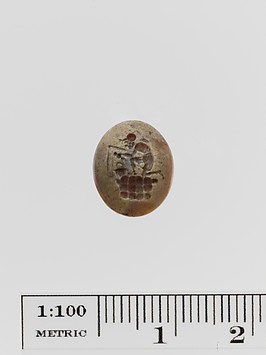
Italic or Roman
3rd–2nd century BCE or 1st century CE